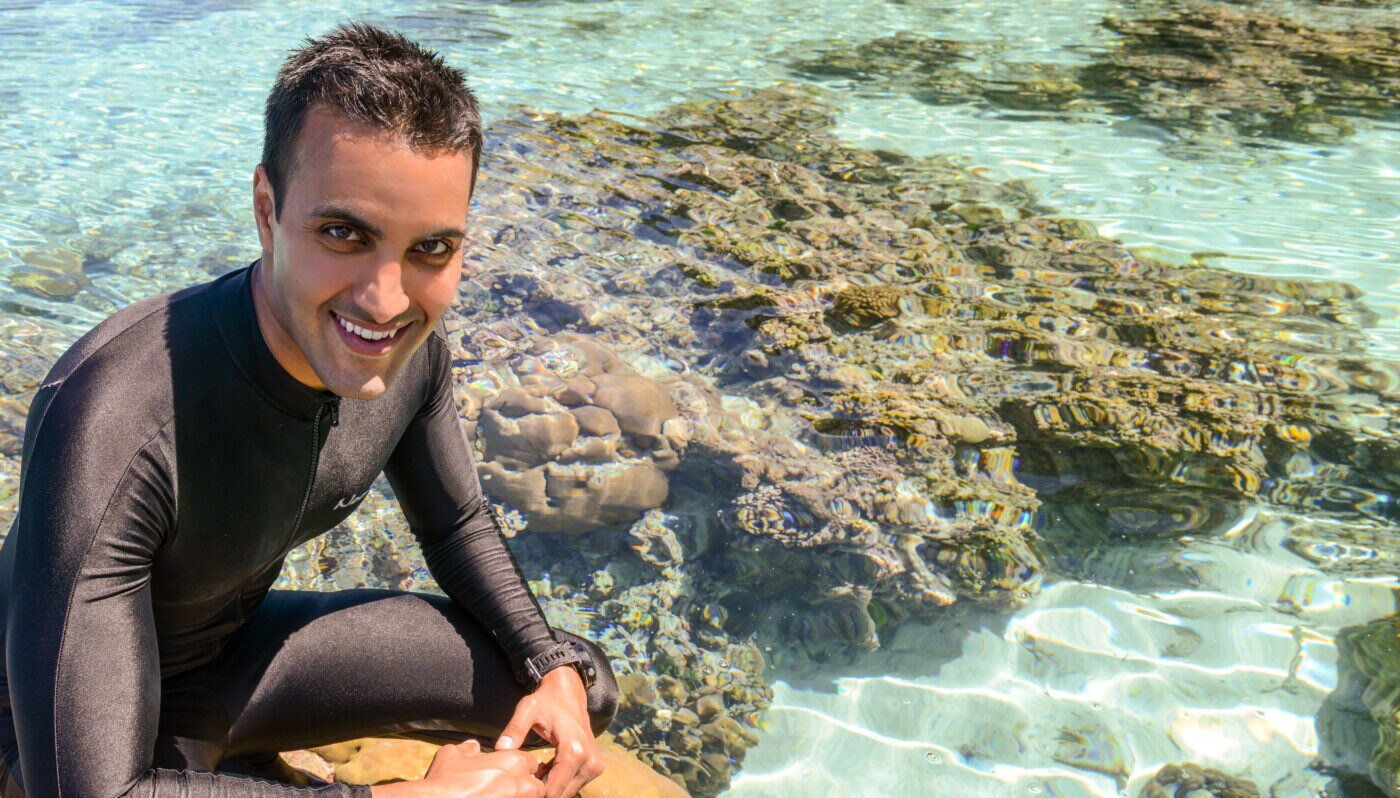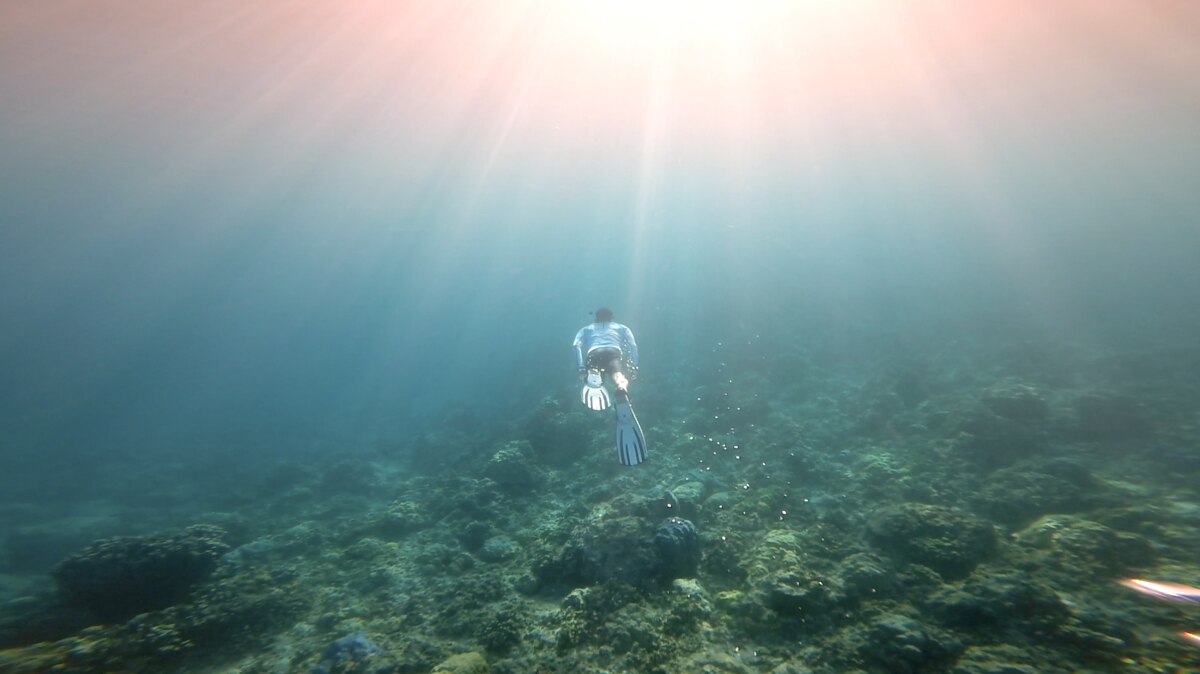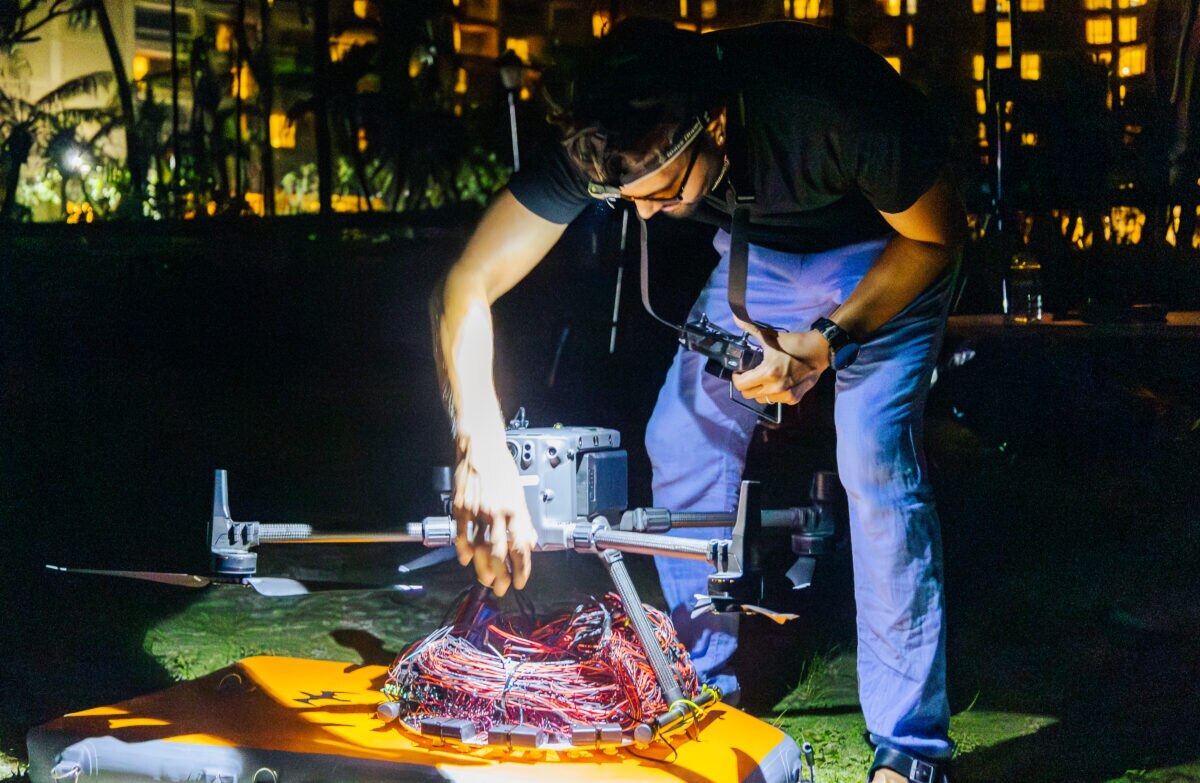Arm Technology Powers National Geographic Explorer Ved Chirayath’s Mission to Map Earth’s Oceans

Our oceans are home to billions of life forms, playing a critical role in regulating oxygen, climate, and biodiversity—yet much of this vast underwater world remains uncharted. National Geographic Explorer Ved Chirayath is changing that. By adapting space exploration technology for marine research, Chirayath is pioneering new methods of underwater mapping and imaging. His work reveals rare and fragile marine ecosystems while highlighting the urgent need for conservation, shedding new light on the ocean’s hidden wonders and the importance of protecting them.
Originally trained in astrophysics and aeronautical engineering, Chirayath applies these tools in oceanography to unlock the mysteries of life underwater. His mission is twofold: to improve marine mapping and research while developing technologies that could one day help in the search for life beyond Earth, as the majority of life as we know it is aquatic. Using physics-based innovations from astronomy, he tackles one of the biggest challenges in ocean exploration—seeing through water and ocean waves. His approach is driven by fundamental questions: How did life originate? What secrets does our ocean hold? How can we protect these critical yet fragile ecosystems before it’s too late?
Chirayath’s work requires high-performance computing to process massive amounts of data in real time. Arm’s energy-efficient CPU processing technology powers much of the advanced equipment he uses, from enhancing underwater imaging ability to refining AI-driven ocean mapping. By pushing the boundaries of discovery, he is not only expanding our knowledge of the deep but also ensuring that exploration remains sustainable for future generations.
Transforming underwater imaging with fluid lensing
One of Chirayath’s groundbreaking innovations is fluid lensing, a technique that corrects ocean wave distortions to produce unprecedentedly clear images of underwater environments in 3D. Inspired by gravitational lensing in astrophysics—where massive celestial bodies bend and magnify light—this method exploits natural optical distortions from ocean waves to enhance remote sensing underwater.
Chirayath’s breakthrough came from years of studying how water’s surface distorts and magnifies objects. He observed how waves naturally act as curved lenses and realized that these distortions at the air-water interface could be used to our advantage. Initially developed during his PhD at Stanford, then NASA, fluid lensing has revolutionized our ability to map coral reefs and marine biodiversity in high resolution — applying an astronomical concept to the uncharted depths of the sea.
Building on this success, Chirayath is now developing what he calls a James Webb Space Telescope for the ocean—a system capable of imaging deeper into the sea than ever before. By exploring all possible physics avenues, from faint particle emissions to photoacoustic effects, he is working toward a next-generation ocean imager that could one day penetrate through the water column as effectively as telescopes peer through the depths of space.
His approach is deeply interdisciplinary, combining aeronautical engineering, computational modeling, and advanced robotics. Autonomous drones, aircraft, and satellites equipped with high-precision cameras and sensors are essential to his research, ensuring that fluid lensing and other imaging techniques can be deployed at scale to survey vast marine environments, which comprise more than 70% of Earth’s surface, and more than 95% of its habitable volume.

How Arm processors support power efficient sea mapping technology
A major challenge in Chirayath’s work is power efficiency—a crucial factor when operating technology in remote ocean environments, aboard drones, or on satellites. His early fluid lensing computations required NASA supercomputers; today, those calculations can be performed on high-powered desktop computers and, possibly soon, even mobile devices. This shift is driven by advancements in Arm processor technology, which focuses on power-efficient computing, and aligns with improvements in CPU, GPU, and FPGA chips.
Arm-based processors have allowed Chirayath’s team to miniaturize and optimize their imaging tools for space and ocean applications. For example, CubeSats—small shoebox-sized satellites that rely on solar power—require ultra-low-power chips to function efficiently in orbit. Similarly, drones used in ocean surveys must operate within strict power constraints while processing vast amounts of imaging data in real-time. Arm processors enable these systems to run complex algorithms with minimal energy consumption, making them indispensable for lengthy marine exploration missions.

Powering the future of ocean conservation and exploration
Chirayath’s innovations have already had a profound impact on ocean conservation. His fluid lensing technology has been instrumental in creating detailed global maps of coral reefs, aiding in their preservation. By making this data publicly available, researchers and policymakers can better understand marine ecosystems, track environmental changes, and implement protective measures.
Looking ahead, his research aims to make high-resolution ocean imaging accessible to more scientists and conservationists worldwide. He envisions a future where these technologies are as ubiquitous as satellite imagery for land-based research—allowing anyone to explore and monitor marine environments with unprecedented clarity.
Pushing the technological boundaries of underwater exploration
Chirayath’s work sits at the intersection of science, technology, and conservation. By pushing the limits of ocean exploration, he is uncovering Earth’s secrets and laying the groundwork for discovering life beyond our planet. He prioritizes the need to advance imaging technology—not just for Earth’s oceans, but also for exploring the oceans on moons like Europa and Titan. He points to a critical technology gap that limits our ability to fully study these environments and warns that without developing the right tools, we may risk missing groundbreaking discoveries.
Chirayath’s story highlights the power of interdisciplinary innovation and the urgent need to protect Earth’s oceans. By leveraging leading-edge mapping, photography, and drone technology—powered by Arm’s energy-efficient CPU processing—he explores and documents marine ecosystems with unprecedented detail. Combining space exploration techniques with advanced computing, he not only uncovers hidden ocean life but also drives crucial conservation efforts. Learn more about the technology National Geographic explorers use to highlight and help protect the rare and precious wonders of our planet.
Any re-use permitted for informational and non-commercial or personal use only.











